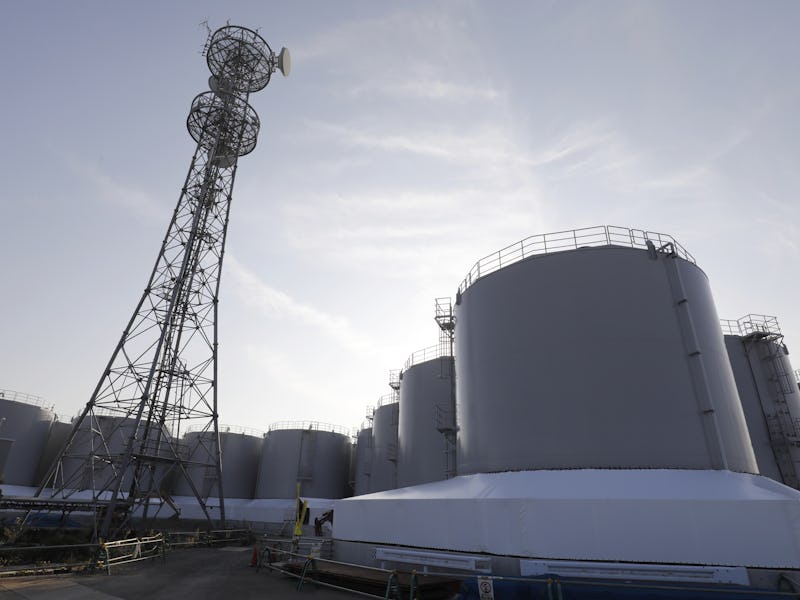Are These Mutant Flowers a Product of Nuclear Radiation?
In Japan, a debate over freak daisies.

Four years after the Fukushima nuclear accident in Japan, viral photos of seemingly mutant flowers have reignited the debate over radiation levels.
The so-called ‘mutant daisies’ were first posted to social media by Twitter user @San_kaido in the city of Nasushiobara in May, a little less than 70 miles from the disaster site.
@San_kaido described the abnormal growths: “The right one grew up, split into 2 stems to have 2 flowers connected each other, having 4 stems of flower tied belt-like. The left one has 4 stems grew up to be tied to each other and it had the ring-shaped flower. The atmospheric dose is 0.5 μSv/h at 1m above the ground.”
The Fukushima Daiichi plant was hit by a massive tsunami in 2011, leading to nuclear meltdown in three of the six reactors. So immediate reaction to the images was to either dismiss them as fakes or blame the lingering radiation.
But speaking to the Independent, the Royal Horticultural Society’s Guy Barter said the flowers could be unrelated to the environment.
“It’s likely to be just random mutation - we get lots of examples of fasciation sent to the RHS every year - but, of course, it’s not possible for us to say for certain if there is a link to radiation,” he said. “To be sure, one would have to examine the incidence in terms of numbers and area and any excess radiation present and do this over several years I suspect.”
So rest easy. Everything’s fine. Unless that’s just what our new flower overlords would want you to think.